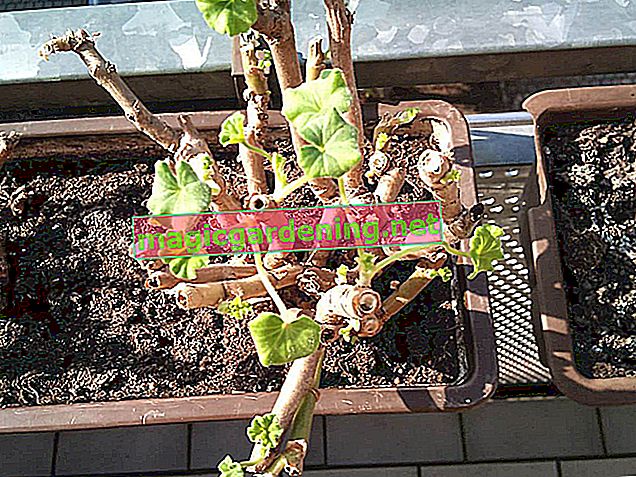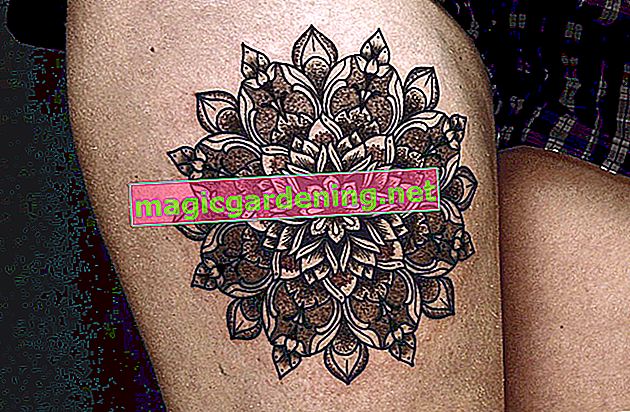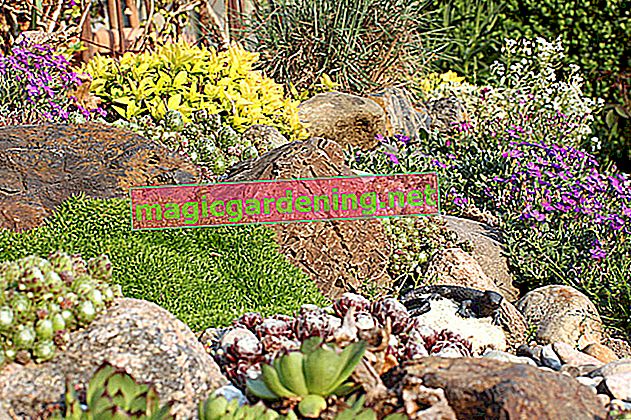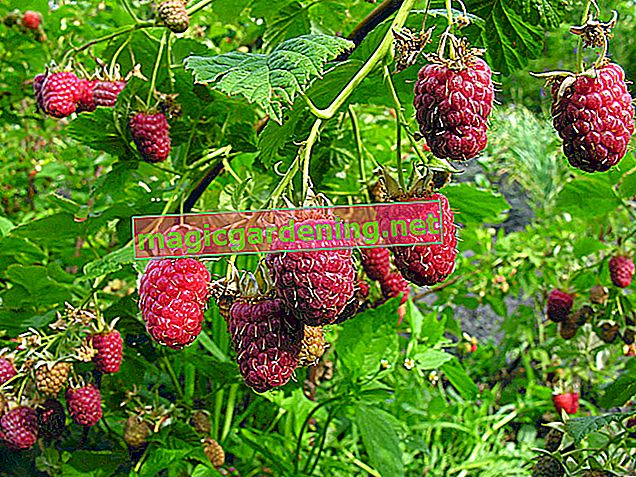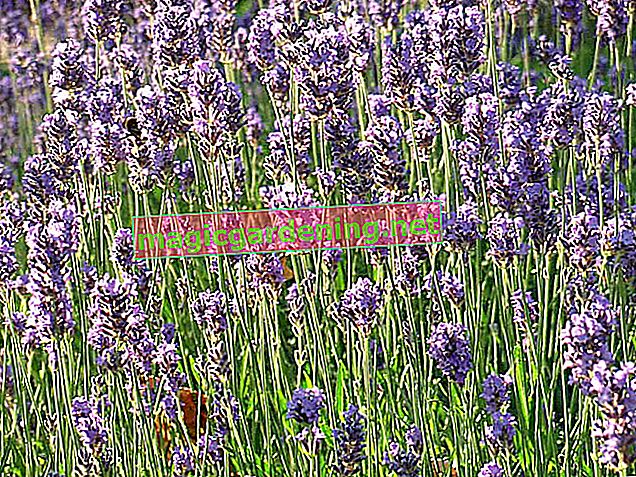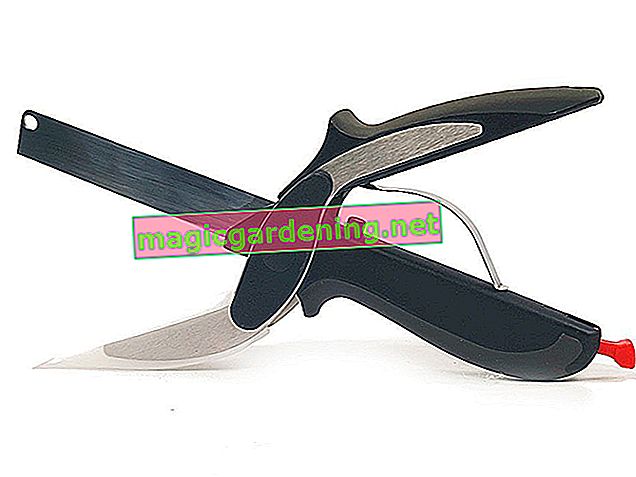
Every side shoot is a clone - how to cut it right
The vast majority of bromeliad species develop side shoots during and after the flowering period. These grow at the base and have exactly the same, splendid attributes of the mother plant. If such a child has developed its own rosette of leaves and has reached a height of at least 10 cm, you can cut it off. How to do it right:
- Sharpen a knife and disinfect it with high percentage alcohol
- Cut off the mature offshoot, including the roots and leaf rosette
- Let the cut dry for 1 to 2 hours
also read
- Mowing the lawn and mulching go hand in hand
- Divide bromeliad correctly - this is how it multiplies
- Is bromeliad toxic to humans?
Pot the child in a lime-free, crumbly substrate. Pour some soft, room warm water into the small rosette and also moisten the soil. By putting a transparent cover over the nursery pot, a warm, humid microclimate is created that promotes the rooting process.
Dried leaves - better plucking instead of cutting
It is part of the normal growth process that a bromeliad leaves every now and then pulls in and dries up. Since there is a risk of infection or pest infestation associated with the cut, the knife remains out of the picture in this case. Wait for the plant to release the dead leaves on its own. The leaf can be plucked or peeled off with a gentle pull.
Tips
Peel a ripe pineapple for a fruity-sweet pleasure, first cut off the leaf clump with a little pulp. The green canopy is far too good to dispose of on the compost. Remove the lower leaves and the pulp from around the stalk. Potted in lime-free substrate, there is a good chance that a young pineapple plant will develop from it in a warm, light location.


